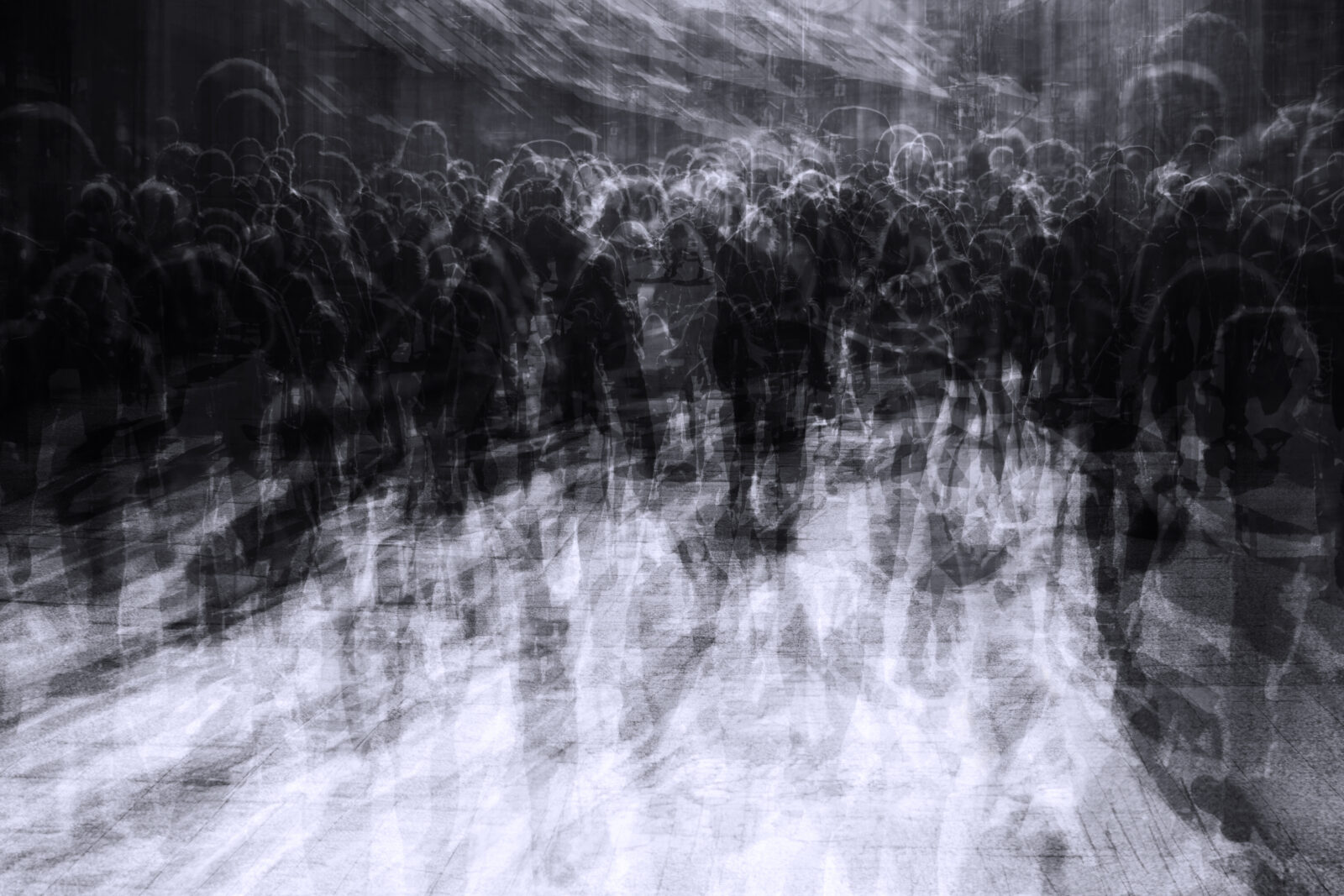Heartless in San Francisco
- Categories
- Drug Epidemic
This column is the second in a series. To read part one, click here.
I’ll come back to the sights and sounds of the Orange County Rescue Mission, but after four days there I flew to San Francisco and walked around that city. The old song notwithstanding, few Americans these days leave their hearts there. Tourists still visit Fisherman’s Wharf and ride the cable cars, but books with titles like San Fransicko hit hard, and videos of addicts in SF’s Tenderloin neighborhood are stomach-churning.
What’s happening in San Francisco is both better and worse than those dramatic presentations. The Noe Valley neighborhood, for instance, features Victorian houses, small markets, and cafes. Nearby Bernal Heights (sometimes referred to as “maternal heights”) is flush with children and dogs.
Two and a half miles away, though, lies the Tenderloin district. I thought it would be The Lower Depths, to steal a title from Maxim Gorky’s 1902 play that prefigured the Russian Revolution fifteen years later. It’s more like The Lowest Depths, with humans—twisted by the synthetic opioid fentanyl—crouched on the sidewalks like catatonic canines.
If you’re walking toward the Tenderloin from Noe Valley on Valencia St., the transition is gradual: Past a Pilates studio and a “Fearless, We Pursue Community” banner, past the Synergy School and a “Fearless, We Pursue Innovation” banner, past the Templo de la Fe church with its “Jesus Te Ama” (Jesus loves you) invitation to faith.
Then come eateries and drinkeries with names like We Be Sushi, Ritual Coffee Roasters, and the Etcetera Wine Bar. Just before 16th St. lay the first person I saw sleeping on the sidewalk. Not until turning onto Market St. did I see a wasted guy walking in a blanket, and the first human feces on the sidewalk: San Francisco reportedly pays $245,000 per day for street cleaning.
Last month, according to the San Francisco Chronicle, the police were doing their periodic show of a drug crackdown, so only eight guys were sitting up or sleeping on the grass in front of City Hall. Near them three small children enjoyed the colorful swings of a newly-fenced playground.
Just down Larkin, at its intersection with Golden Gate, the U.S. Court House—home of the Ninth Circuit—sits catty-corner from the Philz coffee shop. Four men and two women in suits emerged from the federal building, crossed the street, and joined a line of fourteen in busy Philz, where “each memorable sip of Jacob’s Wonderbar Dark Roast boasts delicious layers of nuts and chocolate filled with a full-bodied flavor.” Coffee plus a cinnamon roll costs $10.
Two blocks away, at the corner of Hyde and Eddy, that same $10 will buy a dose of fentanyl said to be fifty times more potent than heroin. On an average day in San Francisco, fentanyl kills two people. Most inhale it by placing fentanyl powder on squares of aluminum foil, putting a lighter underneath the foil, and inhaling the fumes.
I watched two “harm reduction” workers passing among the users. They hauled a wagon filled with drug paraphernalia and kept saying, “Harm reduction. Need anything?” All the soundtrack missed was jingly music like that played by Good Humor trucks — except that instead of children, the customers were people in the “fentanyl fold,” crouching on two feet with arms at unusual angles. Many missed teeth. Some missed their pants. Some remained stationary for at least twenty minutes.
I can appreciate one item in the wagons: naloxone, often known by the trade name of the most popular variant, Narcan. Administered as a person is overdosing, it’s a life-saver. But why pass out aluminum foil and other fentanyl-made-easy implements?
The Tenderloin comprises about fifty blocks long known for drugs and sexual abandon. The addicted alternate euphoric highs and panicky lows. Non-drugged poor people, mainly immigrants, cram into the Tenderloin’s dilapidated apartment buildings. The Tenderloin is the San Francisco neighborhood with the most children per acre: They walk to school in bunches, with parental escorts who protect them from being accosted. Their eyes, though, take in what’s normal in a neighborhood very unlike that of Mr. Rogers.
In December 2022, San Francisco mayor London Breed declared a Tenderloin “state of emergency” and promised a crackdown on drug dealers. I saw several police cars waiting at stop signs as drug deals went on a few steps away. The police occasionally do sweeps — for instance, they ousted addicts camping next to the Speaker Nancy Pelosi Federal Building — but there’s no sustained pressure. Residents say it’s a joyless game of Whack-a-Mole where dealers and customers merely move down the block.
(to be continued)
